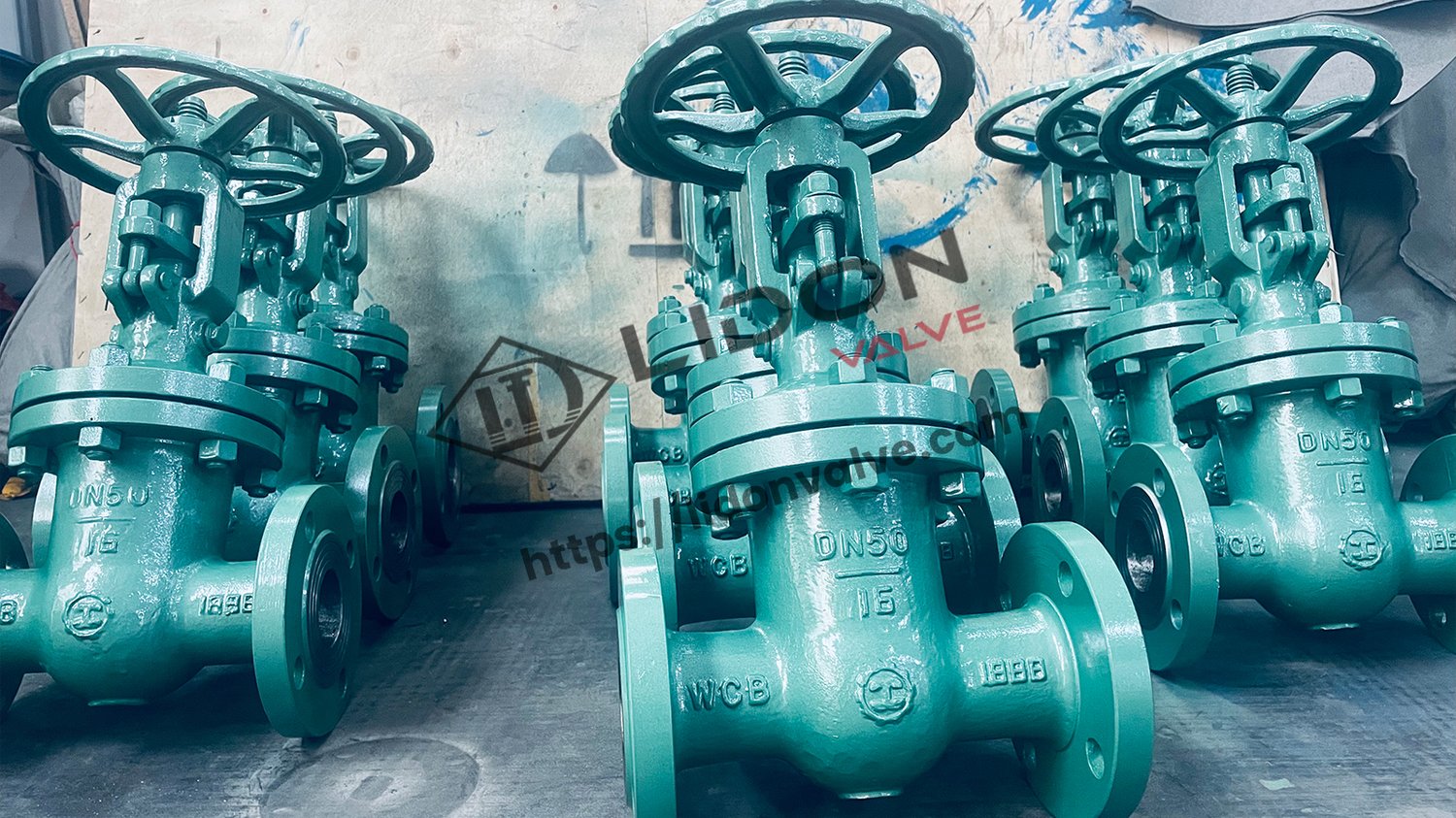Understanding gate valves for vacuum: A Comprehensive Guide
Gate valves are essential components in various industries and applications, allowing for the efficient control of fluid and gas flow. In vacuum systems, gate valves play a crucial role in maintaining the desired pressure levels and ensuring smooth operation. In this comprehensive guide, we will explore the key aspects of gate valves for vacuum, their types, applications, and important considerations for selecting the right valve for your specific needs.
The Basics of Gate Valves for Vacuum
Gate valves for vacuum are designed to control the flow of gases or fluids in low-pressure environments. These valves consist of a gate or disc that moves up and down to either allow or block the flow. When the gate is lifted, a full bore is created, enabling unobstructed flow. Conversely, when the gate is closed, it forms a tight seal, preventing any flow. This simple yet effective mechanism makes gate valves ideal for various applications in vacuum systems.
Types of Gate Valves for Vacuum
Gate valves for vacuum come in different designs and configurations to suit specific requirements. Some of the common types include:
1. Rising Stem Gate Valves
Rising stem gate valves feature a stem connected to the gate, which rises and lowers as the valve is operated. This design allows for visual indication of the valve position, making it easier to determine whether the valve is open or closed. Rising stem gate valves are commonly used in vacuum systems where clear visibility of the valve status is essential.
2. Non-Rising Stem Gate Valves
Non-rising stem gate valves have a threaded stem attached to the gate, but it does not rise or lower during operation. Instead, the gate moves up and down without any visible indication. These valves are suitable for applications where vertical space is limited, as they do not require additional clearance above the valve for stem movement.
3. Wedge Gate Valves
Wedge gate valves use a tapered gate that wedges into the valve seat to create a tight seal. This design offers superior sealing performance, making wedge gate valves highly suitable for vacuum applications where leak-tight operation is crucial.
Applications of Gate Valves for Vacuum
Gate valves for vacuum find widespread use in various industries and applications. Some of the key areas where these valves are employed include:
1. Vacuum Chambers
Gate valves are extensively used in vacuum chambers to control the flow of gases or fluids during processes such as deposition, etching, and sputtering. Their ability to provide a reliable seal and precise flow control makes them indispensable components in vacuum chamber systems.
2. Semiconductor Manufacturing
In semiconductor manufacturing, gate valves are critical for creating and maintaining vacuum conditions required for processes like lithography, thin film deposition, and plasma etching. These valves ensure the proper flow of gases and maintain the desired pressure levels throughout the manufacturing process.
3. Research Laboratories
Gate valves are commonly found in research laboratories that require vacuum systems for experiments and testing. They enable researchers to control and manipulate the flow of gases or fluids within the vacuum environment, facilitating accurate measurements and analysis.
Considerations for Selecting Gate Valves for Vacuum
Choosing the right gate valve for your vacuum application is essential for optimal performance and reliability. Here are some key factors to consider:
1. Pressure Rating
Ensure that the gate valve you select is suitable for the desired pressure range of your vacuum system. Different gate valves have varying pressure ratings, and using a valve with a lower rating can lead to leaks or valve failure.
2. Material Compatibility
Select a gate valve made from materials that are compatible with the gases or fluids in your vacuum system. The valve materials should be resistant to corrosion and degradation, ensuring long-term durability and reliable performance.
3. Size and Flow Capacity
Consider the size and flow capacity requirements of your application when choosing a gate valve. The valve should have an adequate bore size and flow capacity to handle the expected gas or fluid flow without causing excessive pressure drops or flow restrictions.
4. Actuation Method
Determine the most suitable actuation method for your vacuum system. Gate valves can be manually operated, pneumatically actuated, or motorized. The choice depends on factors such as the frequency of operation, accessibility, and automation requirements.
5. Sealing Performance
For vacuum applications, leak-tight sealing is of utmost importance. Consider gate valves with superior sealing technology, such as metal-to-metal or elastomer seals, to ensure minimal leakage and reliable operation even at high vacuum levels.
6. Maintenance and Serviceability
Assess the ease of maintenance and serviceability of the gate valve. Look for valves that are designed for easy disassembly and reassembly, with readily available spare parts. This will simplify maintenance tasks and minimize downtime in case of repairs or component replacement.
7. Compliance with Standards
Ensure that the gate valve meets relevant industry standards and certifications. Compliance with standards such as ISO, API, or ASME ensures that the valve has undergone rigorous testing and meets the required quality and performance standards.
Conclusion
Gate valves for vacuum are vital components in a wide range of applications, providing precise flow control and reliable sealing in low-pressure environments. Understanding the different types of gate valves, their applications, and the factors to consider when selecting one will help you make an informed choice for your specific vacuum system requirements. By choosing the right gate valve, you can ensure efficient operation, minimize leaks, and optimize the performance of your vacuum processes.

